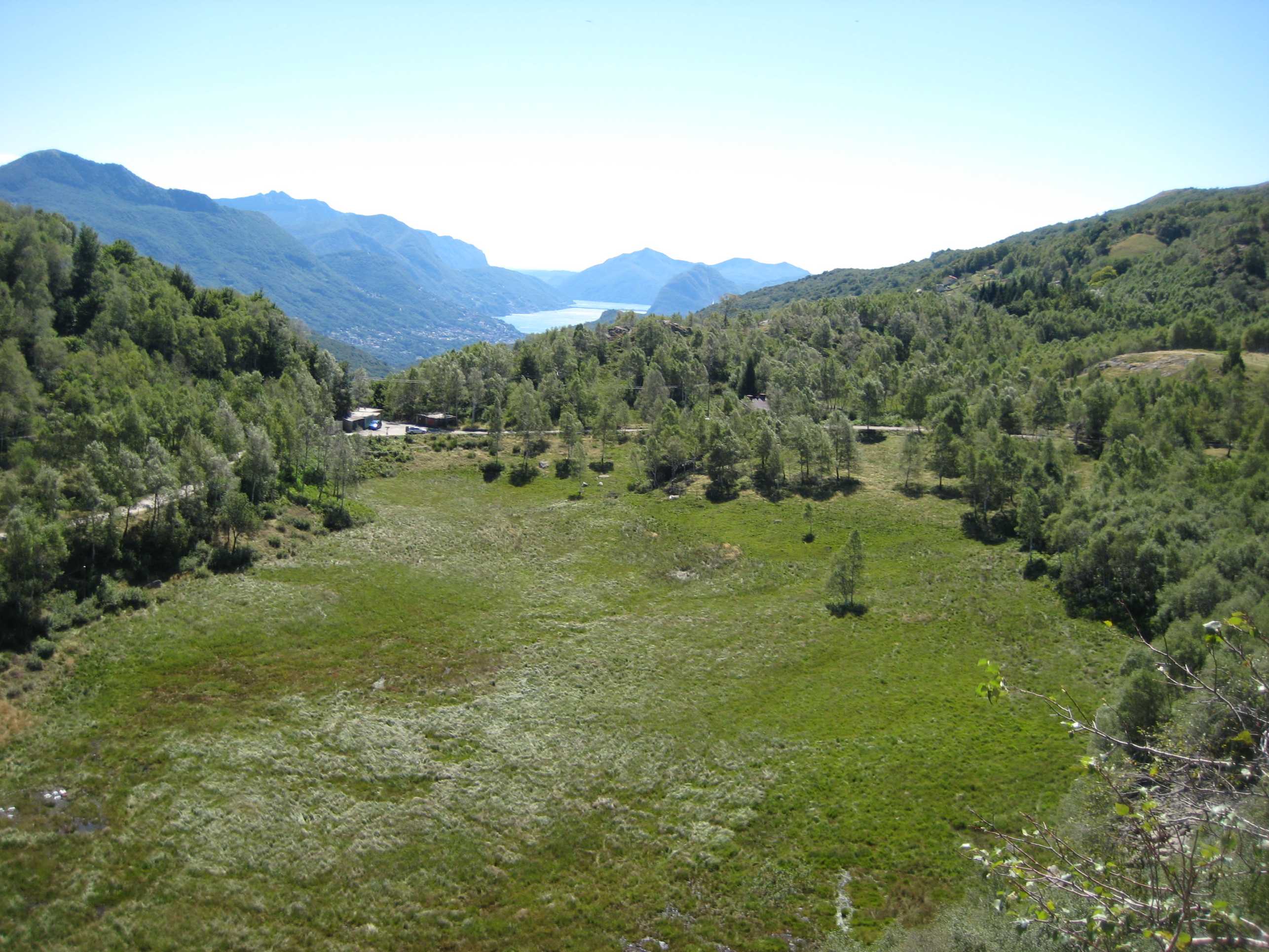Wetland emissions of selenium
Natural wetlands are well-known for their large share in global methane emissions via biological processes but until now it had not been investigated if wetlands could also be important emitters of trace elements.To find out we we measured volatile fluxes of selenium, sulfur and arsenic from an alpine peat bog in Ticino (South Switzerland). The rates in which these elements were released were remarkable and the emission of selenium seems especially efficient as it was found to be 40 times more efficiently volatilized than arsenic, and 100 times more efficiently volatilized than sulfur. Since in absolute numbers the released amounts of these elements are small - for selenium the emitted amounts are on average 0.1 microgram per square meter and day - no danger for the local population exists. Still, the research project in the hills above Lugano shows: these atmospheric emissions of trace elements are far from negligible and the temperature-dependent release rates are expected to rise as a consequence of global warming. The released trace elements can potentially be transported away from the peat bog and taken up by plants and organisms somewhere else. In this way emissions of trace elements from wetlands can eventually change the distribution of these elements in the environment. Such redistribution could have important consequences for dietary selenium availability.
The results of this study were published in Nature Communications external page Vriens et al., 2014
